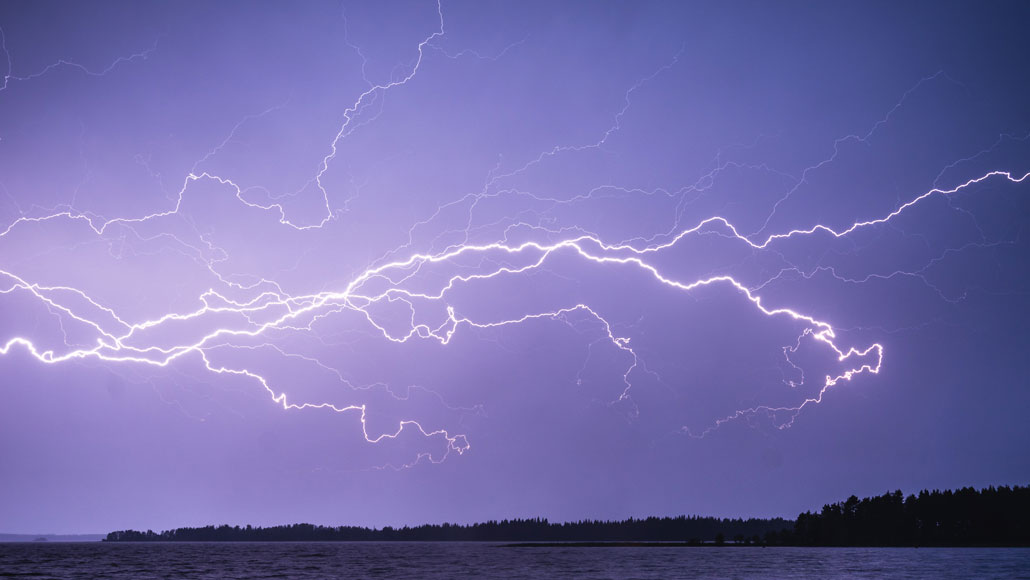
Lightning regularly crackles across the sky around the globe, like this bolt over Finland. Now two extreme flashes of lightning, both over South America, are setting new world records, according to the World Meteorological Organization.
Niilo Isotalo/Unsplash